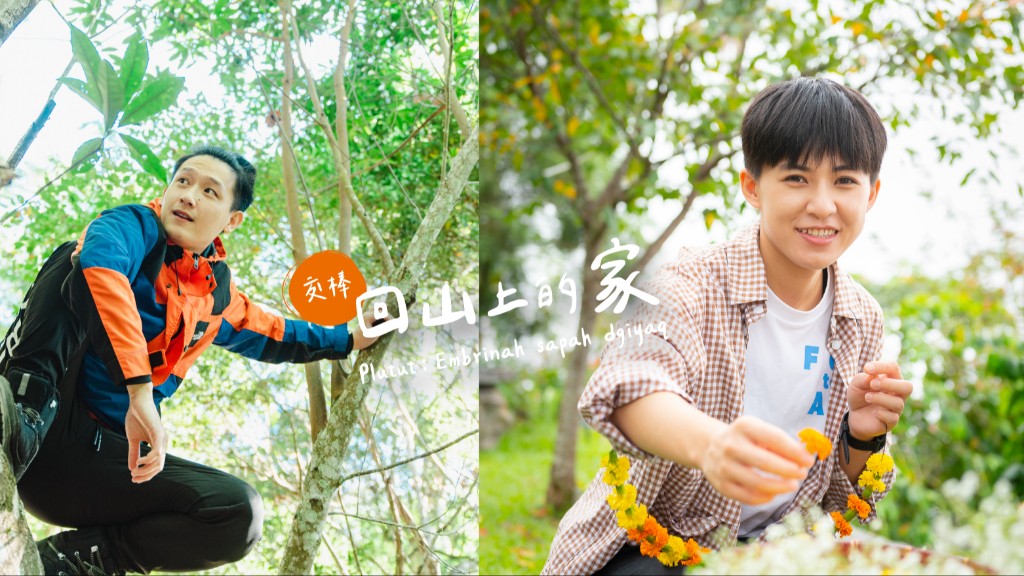Cultural shock is inevitable when indigenous peoples go to cities to live or work. New environments along with different living habits require them some time to adapt. In addition, distance separates them from indigenous cultures. In the past, working in cities meant complete isolation from their communities, making it difficult for them to identify with their ethnic groups and cultures. They do not feel that they belong to their urban environment.
Back in the days when I was grew, society’s stereotypes of indigenous peoples still persisted. Indigenous peoples were used to hiding themselves, and did not feel comfortable about saying: “I am an indigenous person” out loud. It was not intentional. We were compelled by the circumstances we were subjected to, which were not very friendly. Insufficient faith in our own cultures also hindered us from taking pride in displaying our own cultural characteristics.
As time progresses, indigenous peoples have become high performers in many fields thanks to education and hence enhanced their overall competitiveness. They have grown more aware of their own identity and built confidence in themselves. This is an extremely crucial turning point. Now few people are afraid of announcing “I am not an indigenous person.” On the contrary, being one makes oneself proud.
Unlike the past, nowadays there are more channels for getting connected with the indigenous communities and cultures. The public sector, for instance, sets up organizations relevant to indigenous affairs in each city, and holds cultural or promotional events irregularly. Another illustration is mass media. Information is easily accessible, so it is not difficult to gain access to indigenous cultures.
As to education, the number of schools establishing indigenous art classes has mushroomed, which has brought around two influences. One is to give indigenous children growing up in cities time to build confidence through this sort of mechanism. The environment in cities is comparably different from that in indigenous communities after all. The other influence is that indigenous cultures and traditions can be passed down through education. Even if indigenous peoples live in cities, they can still learn about their own culture.
Through aid and guidance from these channels, young indigenous peoples living in cities started to identify with their own community, and distance became no longer a barrier. Since they are getting more information, they started to pay attention and value events related to their communities. In order to encourage indigenous people to keep the connection with their cultures, Taiwan’s government has legislated laws stipulating how indigenous peoples take leave to participate in indigenous seasonal ceremonies. During the important ceremony seasons, all indigenous peoples can take one day off from company or school and return to their communities to attend the most important annual celebrations.
Compared with the past, the problem of cultural gap has ameliorated greatly. The indigenous peoples in cities have realized that there are many ways to keep in touch with their cultures. All information is now easily and readily accessible. It all depends on whether or not indigenous peoples are willing to open their hearts, and reach out for opportunities to be connected with communities from cities.
As a mass media platform, the responsibility of the Indigenous Peoples Cultural Foundation (ICPF) is to disseminate indigenous cultures and knowledge to all indigenous peoples. The indigenous groups in Taiwan are very diversified, so there is a wide variety of indigenous cultures. I hope that by means of ICPF’s television, radio, and magazine, each indigenous culture can be fully presented in front of young people living in cities real time, and that gaps will no longer exist.
Chairperson, Indigenous Peoples Cultural Foundation







